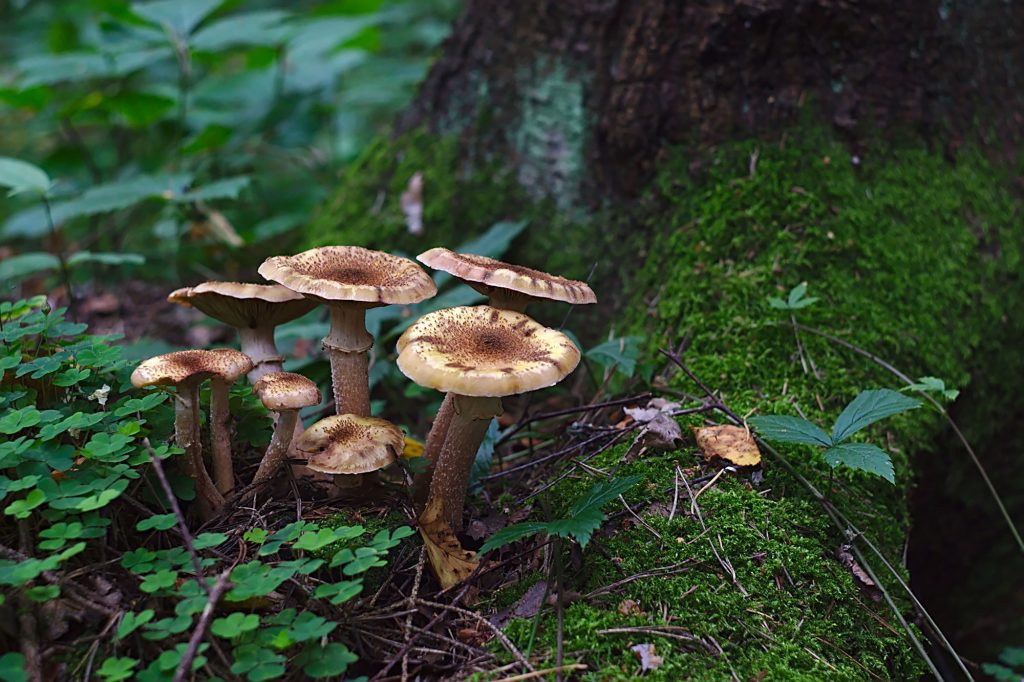Functional mushrooms are finally getting their time in the spotlight, and rightly so. Part of the fungi family, mushrooms aren’t only popular for their alien-like appearance, but also for the numerous health benefits that they provide us humans. This is one of the reasons why mushrooms have been used for thousands of years, and its popularity is only growing.
Mushrooms aren’t only used in Western and Eastern cuisines, but some functional mushrooms are known for their medicinal properties as well. Many health and food supplements are now including functional mushrooms as one of the main active ingredients in their products, while others offer the goodness of functional mushrooms in the form of tincture, which are known for their anti-inflammatory, anti-cancerous and antibacterial properties.
Fungi help extract the nitrogen from the soil, making it available to plants. This slows down the ability of the soil microbes to decompose dead plant matter, and hence, lowers the rate at which carbon is released into the atmosphere.
But, it seems the fungi that grow in the dark on dead matter might have another trick up its sleeves. It turns out, mushrooms play a crucial role in the biogeochemical process in which carbon moves from air, soils and water, otherwise known as the carbon cycle. If you paid attention during chemistry class, you’d know that trees and plants sequester carbon dioxide, but once they die, the carbon goes into the ground, which makes the top soil the largest reservoir of carbon on earth.
As the dead plant matter is broken down, carbon gets released back into the atmosphere, and it’s the rate in which the carbon is released into the air which makes a big impact on the overall amount of carbon in the atmosphere, and consequently, affects global climate change.
The number of microbes present in the soil that help break dead plant matter, releasing the carbon back into the atmosphere, also plays a huge role in this cycle. This mainly depends on the availability of nitrogen in the soil. The more nitrogen, the faster these soil microbes work. This is why soil microbes and plants both compete for nitrogen, and this is where mushrooms come in.
Many plants have a symbiotic relationship with mushrooms or fungi in general. Fungi help extract the nitrogen from the soil, making it available to plants. This slows down the ability of the soil microbes to decompose dead plant matter, and hence, lowers the rate at which carbon is released into the atmosphere.
Researchers have found particular fungi called EEM (edible ectomycorrhizal mushroom), which is able to produce a higher amount of nitrogen-degrading enzymes. This allows it to extract more nitrogen from the soil, outcompeting soil microbes. This is evidence that various types of symbiotic mushrooms that grow around the world and colonize plant roots tend to exert a lot of control over the global carbon cycle.
This is yet another little known fact about mushrooms that has not been fully appreciated yet. That being said, further research is being carried out to find other species of mushrooms that can have a similar effect on the earth’s carbon cycle.
How cool is that?

